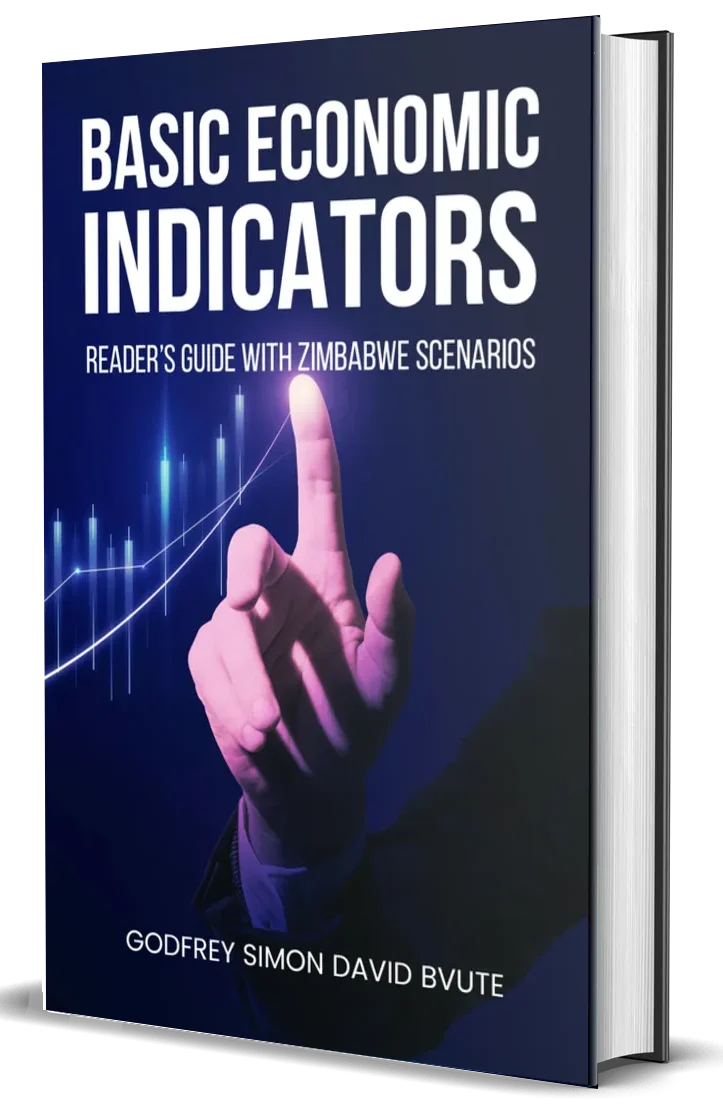Monetary policy is a critical tool for any country. If executed correctly, it helps shape the economy and stabilizes the financial landscape.
Zimbabwe’s economy is not so different. It has been significantly influenced by the policies enacted by the Reserve Bank of Zimbabwe (RBZ). Over the years, the country has seen drastic shifts in monetary strategies. From extreme inflationary periods to attempts at stabilization, the monetary policies drastically changed the trajectory of Zimbabwe’s economic landscape.

One of the most significant aspects of Zimbabwe’s monetary policy is its interest rate approach. In 2022, the RBZ raised interest rates to 200%. It was one of the highest in the world, to control inflation. While high interest rates can help curb inflation, they also make borrowing expensive, slowing down investment and business expansion. The lesson here is that while aggressive monetary tightening can reduce inflation, it must be balanced with economic growth considerations.
Another key factor is the country’s history of money printing, where excessive money supply growth without corresponding economic output has repeatedly fueled inflation in Zimbabwe. This excessive money printing increases liquidity, but if not backed by production, it increases prices. This was evident in Zimbabwe’s hyperinflation period, where the value of the currency collapsed due to excessive government borrowing from the central bank. The takeaway? Monetary expansion must be carefully managed, with precise fiscal discipline and investment in productive sectors to support economic growth and prevent disruption.
Zimbabwe’s monetary policies have also impacted foreign exchange markets. For example, the country has frequently shifted between different currency regimes. This includes dollarization, reintroducing a local currency, and establishing currency pegs. These decisions had profound implications for inflation, trade, and public confidence, where the return to a local currency in 2019 saw a resurgence of inflation and a loss of trust in the banking system. Countries with similar monetary challenges should ensure that currency transitions are supported by adequate reserves, policy consistency, and mechanisms. This will help them to prevent speculative attacks on the currency.
One of Zimbabwe’s most significant challenges today is the issue of liquidity and financial stability because the limited access to credit, high bank lending rates, and lack of investor confidence have constrained economic activity. While the Reserve Bank of Zimbabwe has tried to address these issues through various monetary interventions, including open market operations and reserve requirements, the success of these measures has been mixed, as underlying structural issues in the economy continue to pose challenges.
Despite these challenges, Zimbabwe has shown great resilience and adaptability. For example, recent efforts to stabilize the financial system, control inflation, and promote economic growth indicate a recognition of past policy missteps. Furthermore, the country has seen positive developments in areas such as diaspora remittances, which have helped the economy receive foreign exchange.
In the end, the history of monetary policy in Zimbabwe emphasizes the delicate balance that must be struck between currency stability, inflation control, and economic growth. To achieve sustainable economic growth, it will be essential to maintain monetary policy independence, fortify financial regulations, and cultivate trust in the banking industry.
With the right strategies, central banks can create an environment where businesses thrive, inflation remains controlled, and economic stability is maintained.
For additional information and insight, please read Basic Economic Indicators: Reader’s Guide with Zimbabwe Scenarios by Godfrey Simon David Bvute.
This book bridges the gap between complex economic theories and practical application, making it a valuable resource for a wide audience. Using real-world Zimbabwean examples to illustrate their impact, Bvute explains key macroeconomic concepts, including GDP, inflation, monetary policy, and trade balances. The book equips readers with the tools to analyze economic data, understand policy implications, and ultimately make more informed business, finance, and everyday decisions. Addressing the challenges many Zimbabweans face, this book empowers readers with economic literacy, fostering confidence in navigating financial uncertainties and contributing to a more informed understanding of the nation’s economic trajectory.